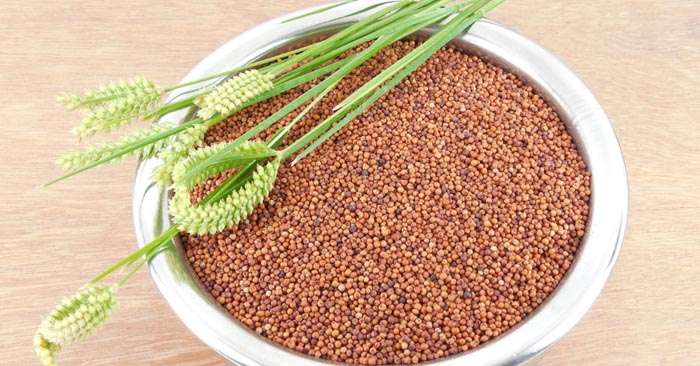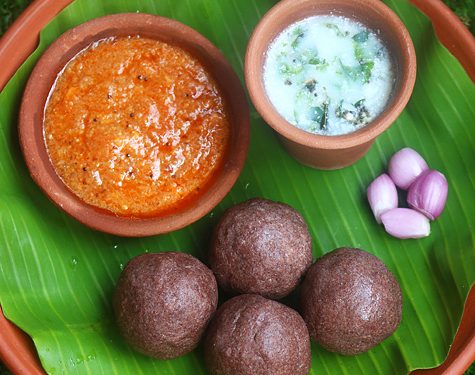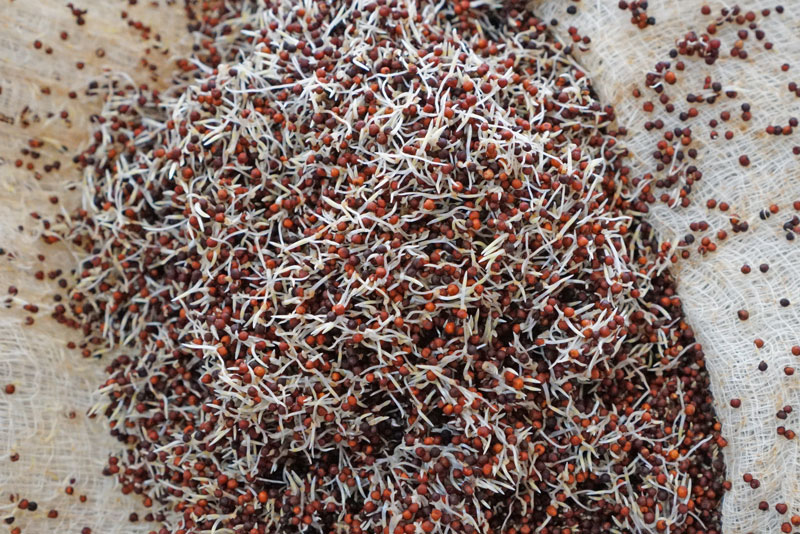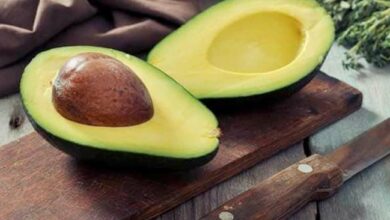Amazing Health Benefits Of Ragi That You May Not Know

There’s a lot of interest in ancient grains these days. Before the 1950s, whole grains such as barley, brown rice, amaranth and ragi were staples in our traditional diet after which rice took over completely. South Indians are more familiar with ragi that they almost shun it as a regular, not-so-great food from your kitchen. Finger millet or ragi has been a very sought after choice in many households.
Ragi flour is prepared by either crushing dried grains or spouting, drying and then grinding them. The good thing is that Ragi is a rich source of good carbohydrates and since it is too tiny to be polished or processed it is mostly consumed in its purest form. Dr. Ritika Samaddar, Dietitian at Max Hospital in New Delhi, agrees “Because of its high nutritional value, Ragi can be placed at the pinnacle of food grains. The cereal is gluten-free and highly suitable for those who are gluten or lactose intolerant. Besides this, it can easily become a part of your daily diet in the form of chapatis or as porridge for breakfast.” If you find it too dense, mix it with wheat flour in the ratio of 7:3 and make bread or bake with it. Some modern spins on finger millets include Ragi Cookies and Ragi Flakes (Noodles) that make for easy-to-cook and healthy snacks.

“It wouldn’t be an exaggeration to call Ragi the staple food of South India.Traditionally, it has been especially valuable for containing the amino acid methionine, which is lacking in the diets of hundreds of people who live on starchy staples such as cassava, plantain, polished rice, or maize meal,” says Ashwin Rajagopalan, Chennai-based Food Blogger.

“In Karnataka, which is the leading producer of finger millet, it is generally consumed in the form of Ragi Mudde (balls), prepared by cooking the Ragi Flour with water to achieve a dough-like consistency. The steamed dish is best served with spicy meat gravies. Another dish, Ragi Kanji (porridge) is a commonly found as a healthy dish in the state of Tamil Nadu,” he adds.
Despite many health benefits, Ragi remains absent in our diets and we haven’t really embraced it. Besides South Indian restaurants, not many are willing to experiment with the grain. This is probably due to its bland taste that many may not appreciate. Seema Chandra, but roasting some Ragi before using it gives a great nutty flavour. Ragi is all-encompassing. It takes on the flavour of the dish. When baking with it, you can use different types of sugars like brown sugar or palm sugar to give it a kick and enhance the taste.” The brownish hue resembles that of chocolate when cooked. You can easily sneak it in muffins or evening snacks and your kids will never know.
Superpowers of Ragi

1. Loaded with Calcium: Ragi flour is one of the best non-dairy sources of calcium when compared to any other grains. According to the National Institute of Nutrition in India, 100 grams of Ragi contains 344 mg calcium. Calcium is critical for healthy bones and teeth and prevention of osteoporosis – a disease which weakens the bones. It is extremely beneficial for growing kids and can be given in the form of Ragi Porridge.
2. Helps in Controlling Diabetes: The grain’s seed coat is abundant in polyphenols and dietary fibres as compared to rice, maize or wheat. The low glycemic index lessens food cravings and maintains the digestive pace, consequently, keeping blood sugar within the safe range. It is best to add it to your morning meal or have it for lunch in order to keep your system on track the whole day.
3. Reverts Skin Ageing: Ragi works wonders for maintaining young and youthful skin. Vital amino acids like Methionine and Lysine present in it make the skin tissues less prone to wrinkles and sagging. Ragi is also one of the very few natural sources of Vitamin D which is mostly derived from sunlight. Vitamin D is a carrier molecule for calcium, which accounts for vitality.
4. Battles Anemia: Ragi is an excellent source of natural iron and thus a boon for anaemic patients and also for those with low haemoglobin levels. Once ragi is allowed to sprout, the Vitamin C levels tend to increase and lead to easy absorption of iron into the bloodstream. For the optimum absorption of iron, you can consume it in the form of Ragi Dosa or Ragi Balls, with plenty of vegetables and a generous squeeze of lime or a bowl of tangy Sambar.
5. Relaxes the Body: Regular consumption of Ragi is highly beneficial in dealing with conditions of anxiety, depression and insomnia. The presence of antioxidants, mainly Tryptophan and amino acids, helps as they work as natural relaxants. As per a study conducted by Medindia in 2000, Ragi consumption is also useful for migraines. What better way there is than to calm yourself down by munching on some healthy and crisp Ragi cookies?
6. Helps in Weight Loss: The high amount of dietary fibre combine keeps the stomach full for longer and prevents unwanted cravings. This, in turn, leads to a minimised appetite and weight loss. Ragi flour lowers your blood sugar levels in the body by activating insulin. It is best consumed in the morning to make the most of its qualities and keep you full through the day.






